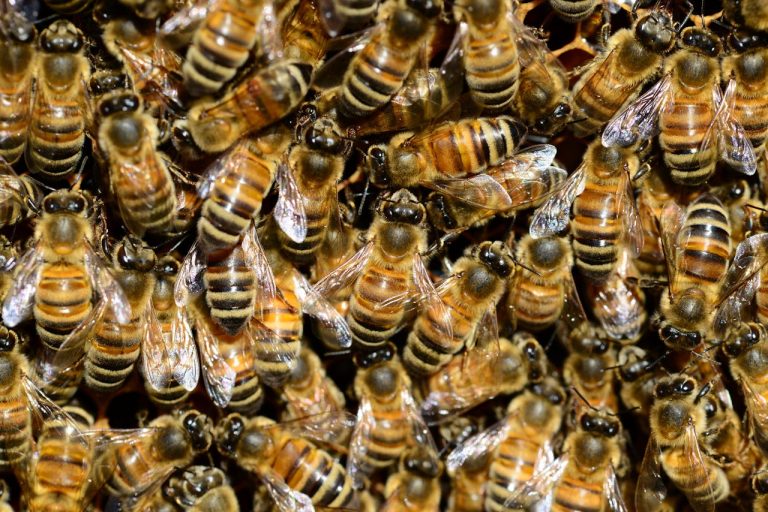High winds cause death, damage, heartache, and grief. No one ever tries to stop them. It would seem reasonable that the highest winds form a vortex, the kind that we see when water runs down the drain. We know from experience that such vortexes are easily deflected and destroyed by the judicious use of minimal force.
Sticking our finger in the side of a drain-vortex is enough to disrupt it. Vortexes being vortexes, similar disruptions would weaken larger, tornado-sized vortexes. A controlled explosion of sufficient size could cause the vortex to collapse.
It’s a wonder that no one has tried this. It’s an obvious idea, and, with satellite tracking, one that would be easy to implement. One can picture a missile from a military jet set to explode high above the ground just as it hits the edge of the vortex. The explosions would cause the vortex to weaken, if not collapse.
It is so obvious that one wonders if those who profit from tornadoes do NOT want them to be stopped. The occasional chance of a tornado forces all of us to pay far more for insurance than we’d pay if even half or two-thirds of all tornadoes could be stopped, or even weakened significantly. So, we must consider that it is the powerful lobbying efforts of insurance companies, aided by hired shills in the environmental movement (aghast voices crying ,”It may make things worse!” and, “We mustn’t fight with Mother Nature, but must learn to accept Her!”) that keep the tornadoes spinning across the nations.
Can Hurricanes be slowed?
Explosions on the edges of hurricanes’ eyes may have a slowing effect on them, as well. It is inexplicable as to why we can’t protect our oil fields, homes, and beachfront communities with something that should, at least, be tried.
One also wonders why ice isn’t used to slow hurricanes. They gain energy from warm water. Cold, fresh water would float on warmer salt water. The same airplanes that cover thousands of acres of burning forests with cold, fresh water would also be able to spray a thin “blanket” of cold, fresh water in front of an approaching hurricane, depriving it of some energy.
Similarly, huge sheets of bio-degradable films, laid or sprayed onto water, could be applied, likewise depriving hurricanes of the energy they get from warm water.
Without experimentation, we cannot guarantee that powerful winds can be stopped, but it is reasonable to assume that they could be slowed down, averting needless death and damage.
Instead of having a handful of people, already in the military, actually stop or reduce such disasters, many in government, media, construction, and insurance prefer to have countless hordes of “weather experts” who are kept busy with predicting, tracking, warning, reporting about hurricanes, talking about the problem, rather than doing anything about it.
Just as tornadoes help convince people to pay their insurers big premiums for wind damage, others profit from hurricanes. Middle-eastern oil producers like it when hurricanes destroy oil platforms in the Gulf of Mexico. “Their hurricanes are good for our business.” is something they all understand so well that their bribes would likewise flow to keep hurricanes from being stopped.
Project Stormfury.
In the 1950s and 60s, it was conjectured that planes dropping dry ice alongside the eye of a hurricane would slow it down. “Project Stormfury” was begun, under the most unimaginably nitpicking government regulations. The very few hurricanes that the government allowed them to “attack” did, as predicted, have greatly reduced winds.
Very few hurricanes were found to be “suitable”. Despite its success, Project Stormfury was cancelled. Insurance companies, construction unions, those in the building supplies businesses, and contractors all decided it was better to have stronger hurricanes, more death, and greater property damage. Politicians dependent on their contributions voted accordingly.








